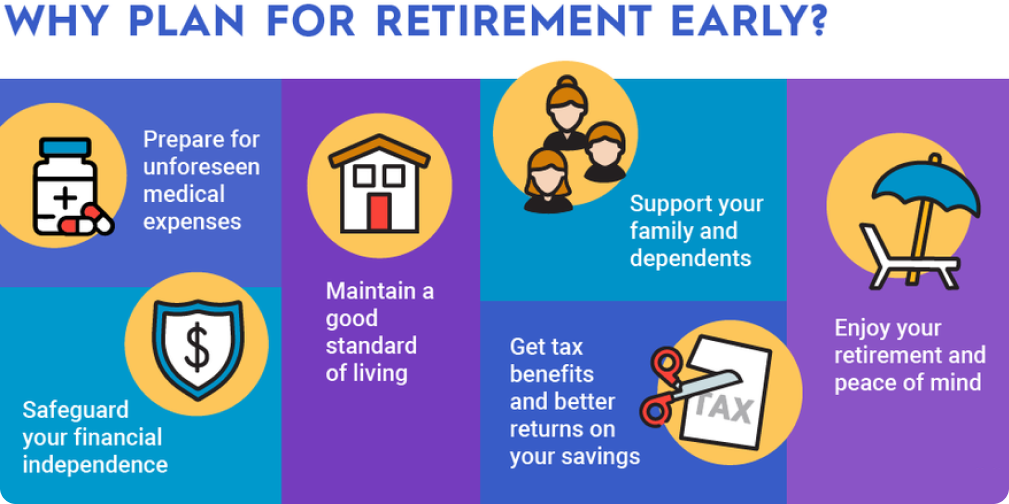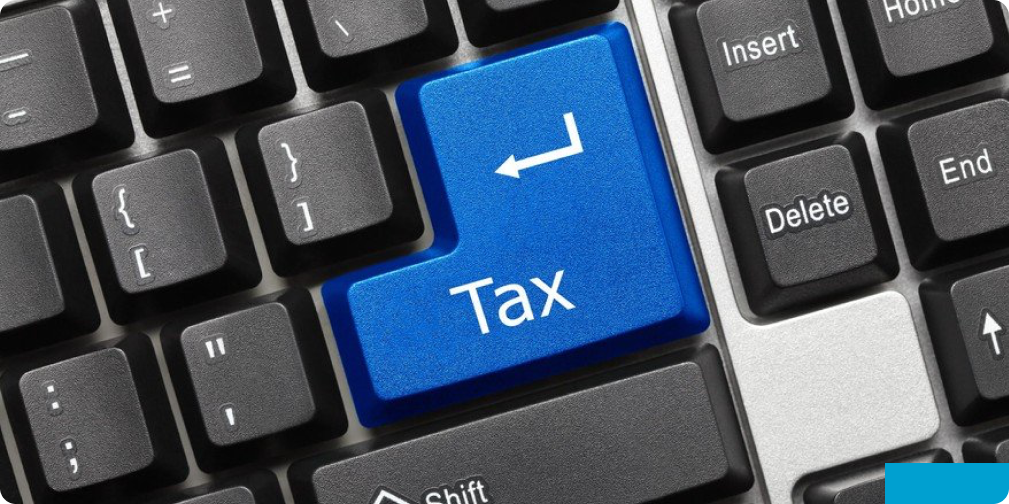“Profit Masters Academy was a key player in maximizing my crypto profits. The broker they connected me with knew exactly when to enter and exit trades. I couldn't be happier!"
Choosing the Best Retirement Plan for You
Choosing the right home for your retirement savings is as important as saving for retirement in the first place. Your retirement plan dictates how much you can contribute annually, how it's taxed, how withdrawals work, what you can invest in, and how much you pay in fees.

To help you decide which retirement plans work best for you, consider the following options:
- 401(k)
- 403(b)
- 457
- IRA
- Roth IRA
- Nondeductible IRA
- Solo 401(k)
- SEP IRA
- SIMPLE IRA
- Keogh plan
We’ll cover employer-sponsored plans, individual retirement accounts, and plans for self-employed individuals and small business owners.
401(k)
A 401(k) is the most common type of employer-sponsored retirement plan. Your employer preselects a few investment choices and you defer a portion of each paycheck to the account. If you leave your job, you may take your 401(k) funds with you or leave them where they are.
In 2023, you can contribute up to $22,500 (up from $20,500 in 2022) to a 401(k), plus an additional $7,500 if you're 50 or older ($6,500 in 2022). Some employers also match a portion of employee contributions. With few exceptions, you cannot withdraw funds from your 401(k) before 59 1/2 without penalty.
If you hope to get the most out of your 401(k), contribute as much as you are able to and choose your investments carefully to minimize fees. You should also claim any employer match that's available and watch out for your company's vesting schedule, which determines when you get to keep employer-matched funds.
- Tax benefits: Most 401(k)s are tax-deferred, which means your contributions reduce your taxable income this year but you pay taxes on your distributions. This is usually smart if you believe you'll be in a lower tax bracket in retirement than you are today. But Roth 401(k)s are also growing in popularity. Contributions to these accounts don't reduce your taxable income for the year, but distributions are tax-free. You'll save more in taxes with a Roth 401(k) if you're in the same or a lower tax bracket today than you'll be in once you retire. Employer-matched funds are still tax-deferred with these plans.
- 401(k) loans: Some plans allow 401(k) loans. This enables you to borrow against your retirement savings and pay back that money with interest over time. But if you fail to pay back everything by the end of the loan term, the government taxes the outstanding balance as a distribution.
IRA
An IRA is a retirement account anyone may open and contribute to, as long as they are earning income during the year or are married to someone who is. IRAs offer a greater variety of investment options than most employer-sponsored plans.
Getting the most out of your IRA involves choosing your broker and investments carefully to minimize fees, while keeping your investments diverse and well-matched to your risk tolerance. You should also choose the right type of IRA -- traditional or Roth -- based on which you think will give you the greatest tax advantages, and contribute as much as you can each year.
- Tax savings: Traditional IRAs are tax-deferred -- that is, your contributions are pre-tax, so they lower your taxable income for the year and you pay taxes on distributions. Roth IRAs use after-tax dollars, so your contributions have no effect on your taxes this year, but you can then withdraw your savings tax-free in retirement.
- Contribution limits: In 2023, you can only contribute up to $6,500 to an IRA ($6,000 in 2022), plus an additional $1,000 if you're 50 or older. You may contribute to an employer-sponsored retirement plan and an IRA in the same year, and you may contribute to tax-deferred and Roth accounts at the same time, but you may not make more than $6,500 (or $7,500 if 50+) in combined traditional and Roth IRA contributions in 2023, and $6,000 ($7,000 if 50+) in 2022.
Types of IRAs
In addition to traditional IRAs, there are several types of IRAs to consider. Here are a few key alternatives.
- Roth IRAs: Want to get tax-free distributions in retirement? A Roth IRA may be right for you.
- Nondeductible IRAs: High-income earners who also have an employer-sponsored retirement plan may not deduct their traditional IRA contributions from their taxes, so they end up with a nondeductible IRA.
Retirement plans for the self-employed and small business owners

Self-employed individuals and small business owners may contribute to an IRA, but there are also several special retirement plans available just for them that enable them to contribute more money per year, since they don't receive the benefit of an employer-sponsored retirement plan. Here's a look at some of the most common retirement plans for small business owners and the self-employed.
- Solo 401(k): The self-employed need to save for retirement, too, and here’s one way.
- SEP IRA: A SEP IRA is a type of IRA available to self-employed individuals and small business owners. In 2023, you may contribute up to the lesser of 25% of your compensation or $66,000 ($61,000 in 2022). If you have employees, you must contribute the same percentage of your employees' income to their SEP IRAs as you do to your own.
- SIMPLE IRA: A Savings Incentive Match Plan for Employees (SIMPLE) IRA is designed for small businesses with fewer than 100 employees. You may contribute up to $15,500 in 2023 ($14,000 in 2022). Employers are required to contribute some money to employees' SIMPLE IRAs, though they can choose between a 3% matching contribution or a 2% nonelective contribution.
- Keogh plan: A Keogh plan is a type of retirement plan available to self-employed individuals and unincorporated businesses, though not to independent contractors. They are tax-deferred and can be either defined-benefit, like a pension where the employer does the funding, or defined-contribution, where employees do the funding.









